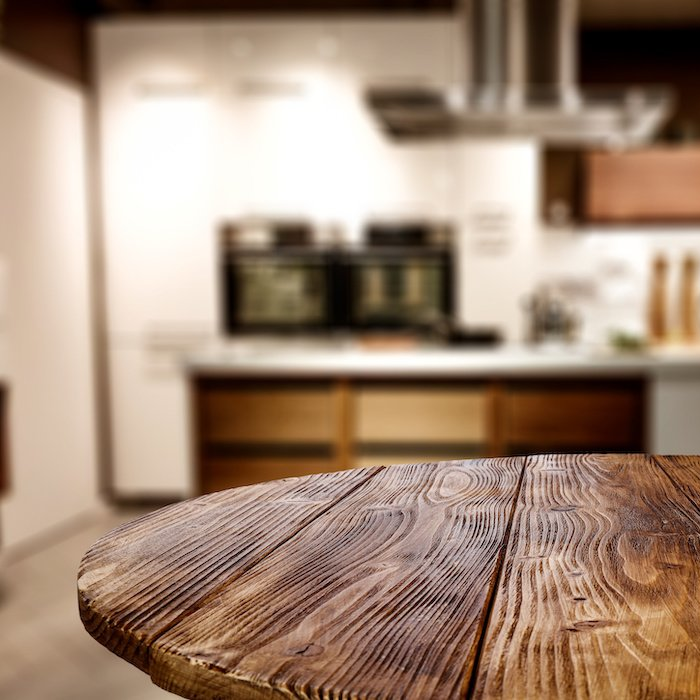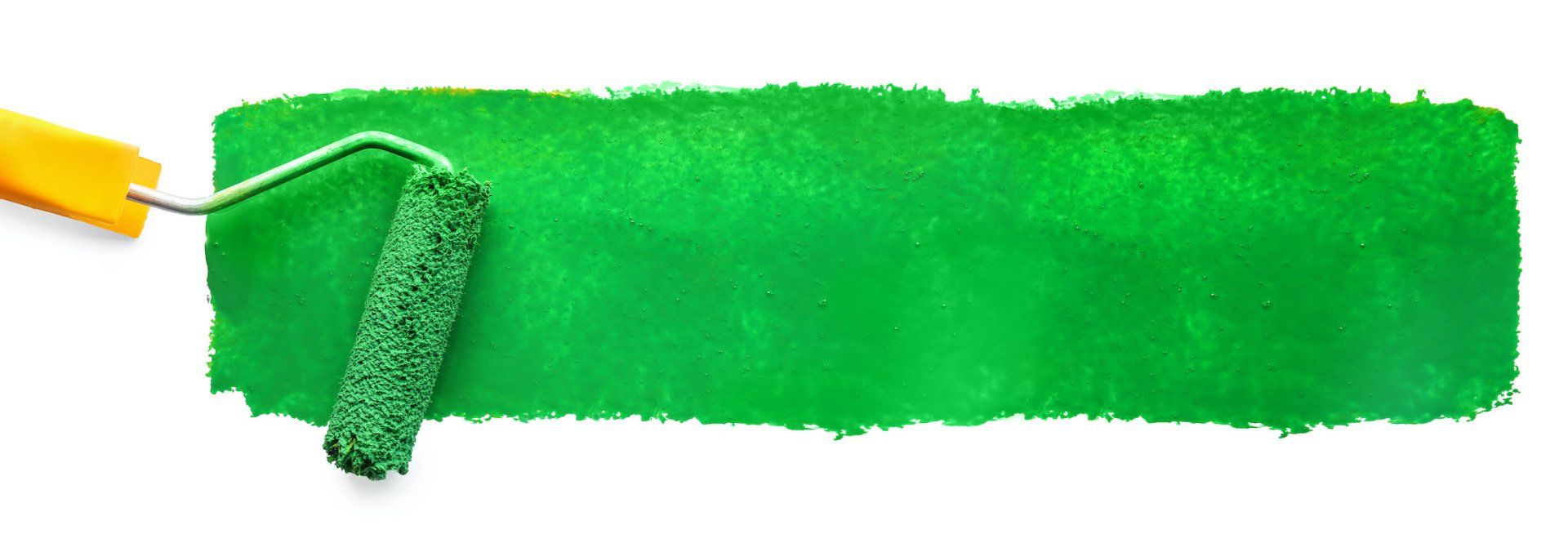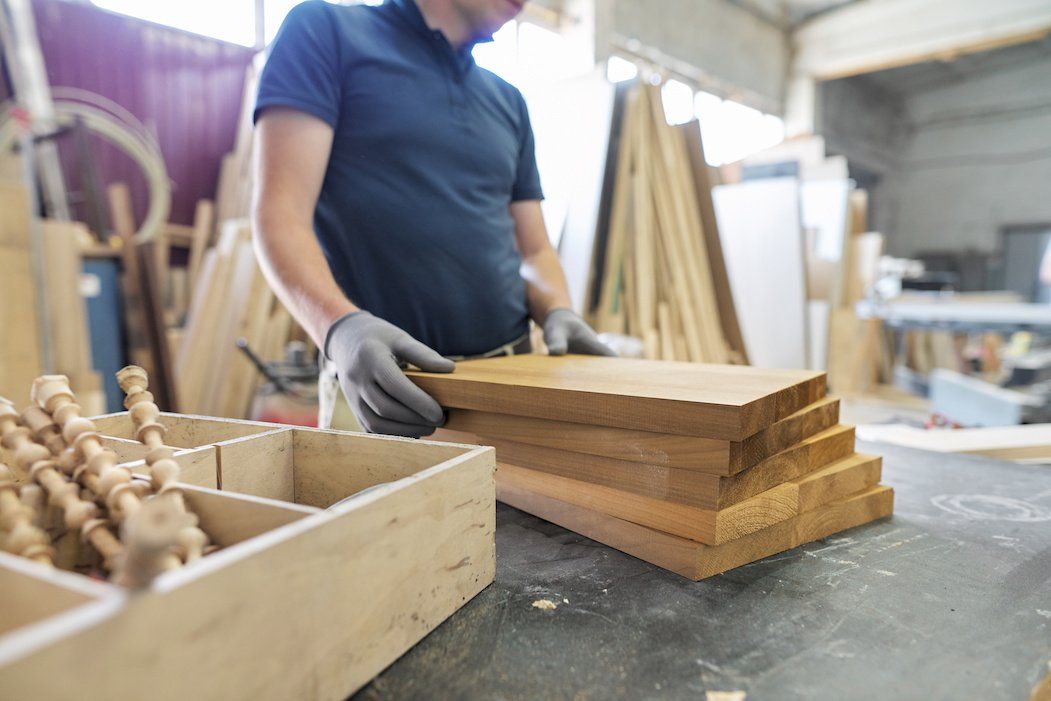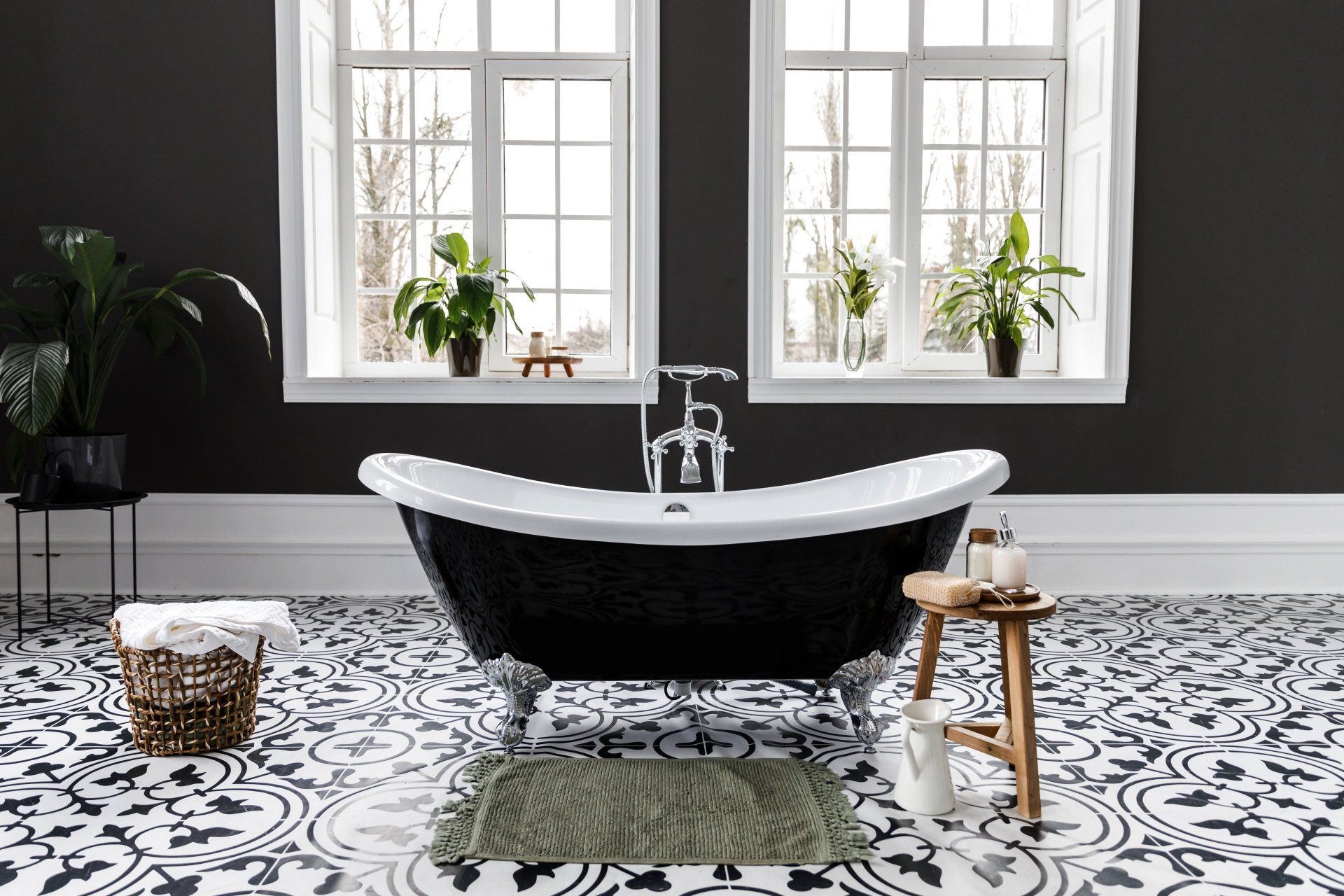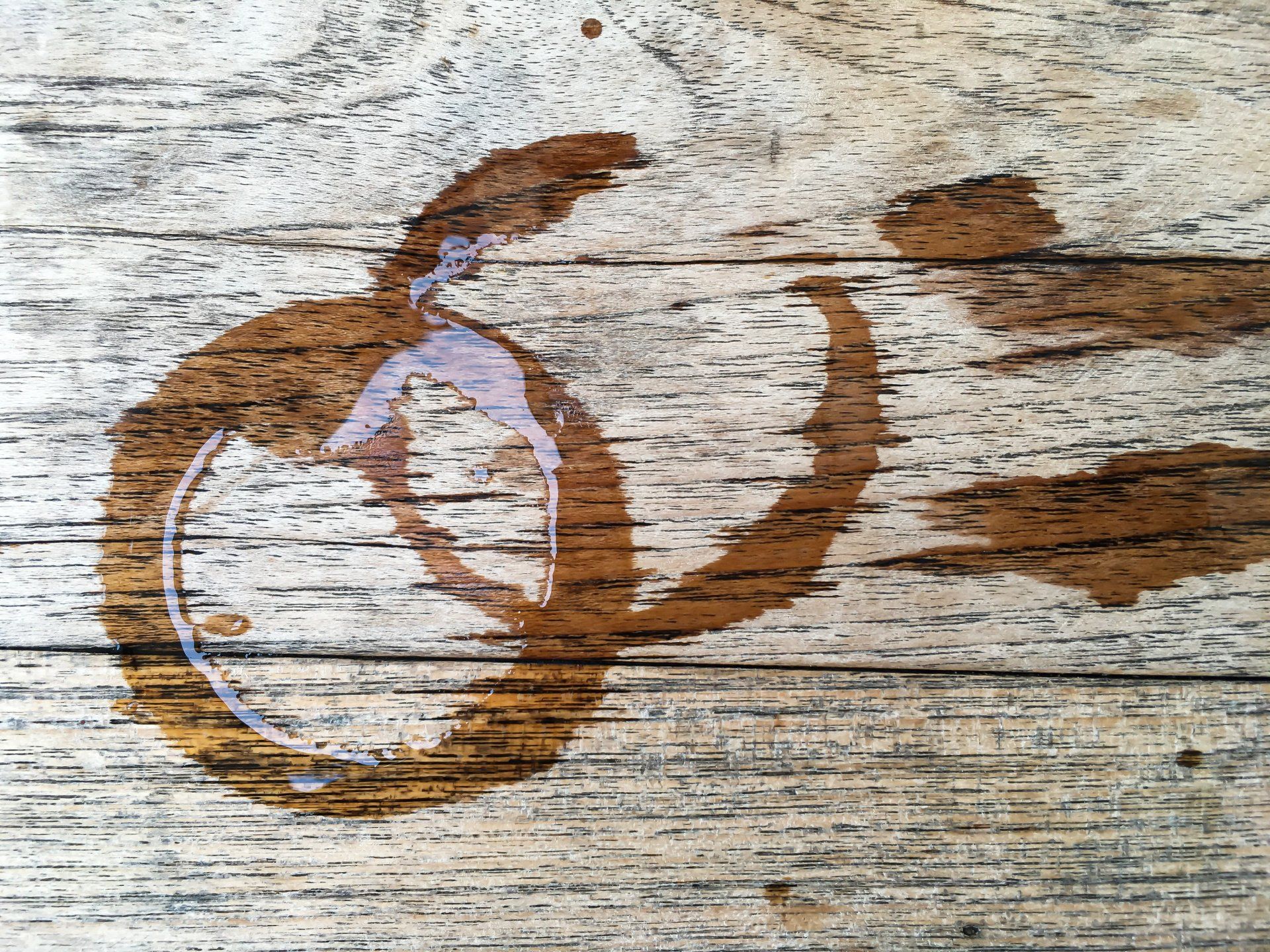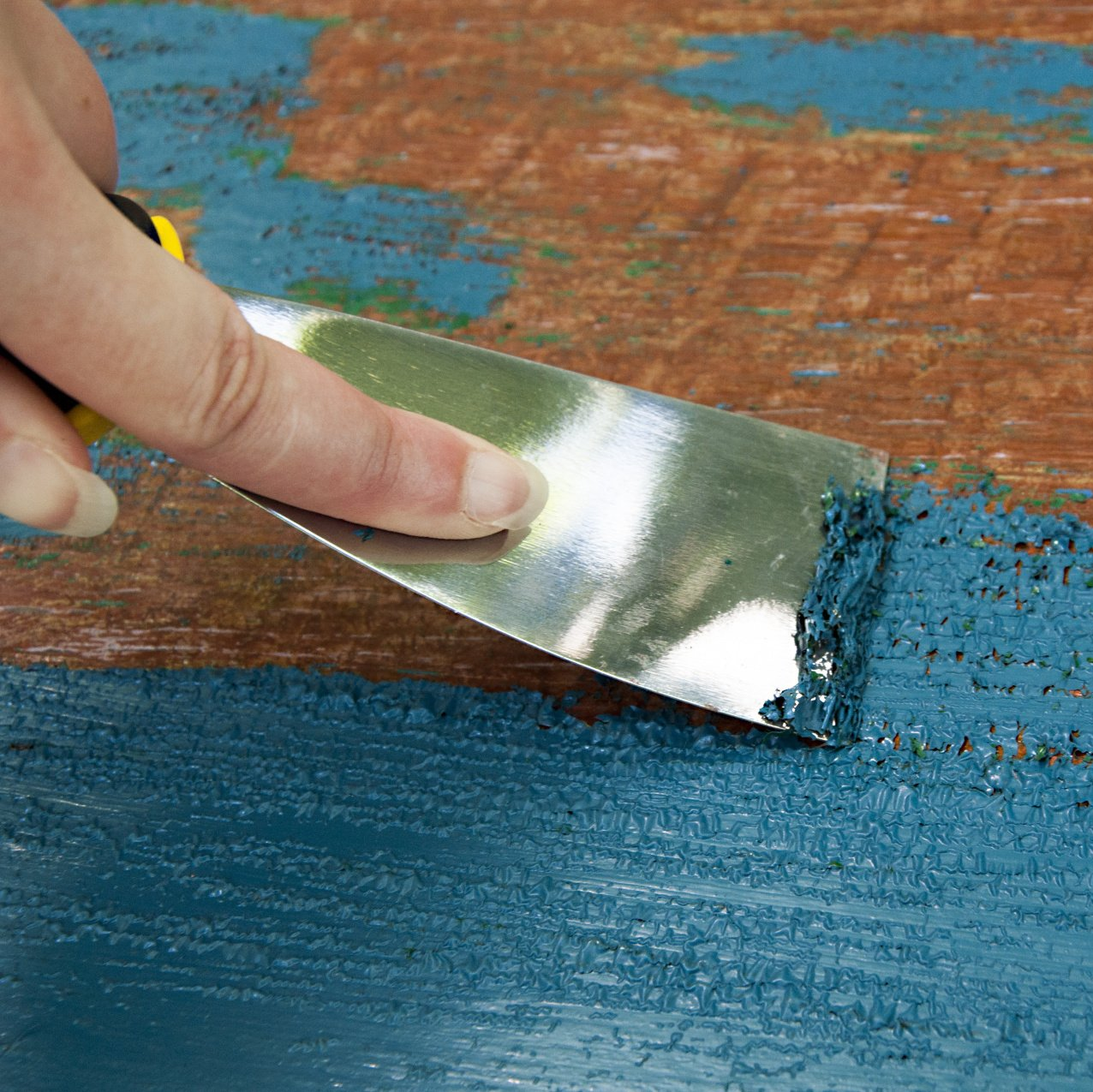Gel Staining Kitchen Cabinets
Sam Lutz • June 28, 2016
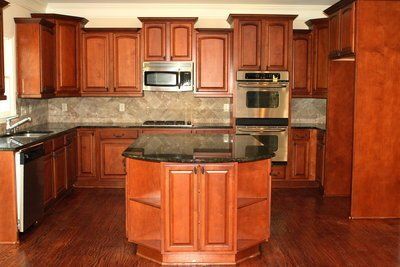
Gel stain is a forgiving medium that can be easily applied to wooden products like cabinets, furniture, doors, bookshelves, dressers and more. Gel stain is transparent enough that the wood grain appears easily through the coat of stain. This is different from some other types of sealer, which are much more like paint in their consistency. If you’re hoping to seal and stain your cabinets this summer, gel stain is an excellent option because it can easily be applied to cabinets with minimal preparation.
Tools
- Rags
- Cleaning Solvent
- Microfiber cloth
- De-greaser
- Plastic baggies
- Pencil and marker
- Sandpaper, sand block or an orbital sander
- Paintbrush
- Gel stain
Process
- Clean off the cabinets with solvent, then dry them with a microfiber cloth. If the cabinets are sticky with old grease, they may need to be cleaned with a grease-removing cleaner. Try cleaning the cabinets with a mild detergent, then feel the cabinets for stickiness. If the cabinets feel sticky or gummy, this is an indication that they need to be cleaned with a powerful de-greaser.
- Remove the cabinet doors from the cabinet boxes and remove the doors from their slots. Label each cabinet door so you’ll be able to put them back where you got them.
- Remove all hardware from the cabinets and the drawers. Put each set of hardware in a plastic baggie, then label each plastic baggie so you can put it back with the cabinet door or drawer when you’re done.
- Sand the cabinets using sand paper, sanding pads or an orbital sander. Sand the cabinets lightly, but don’t worry about removing the entire finish from the cabinets, as gel stain doesn’t require it.
- Wipe down the cabinets with solvent to remove the sawdust after sending.
- Apply the first layer of gel stain to the cabinets. Use a rag to apply a thin coat of stain to the wood. Gel stain is the consistency of pudding, however, gel stain levels as it dries. It is important to wipe and buff stain immediately. After the coat has been applied and buffed, allow the gel stain to dry on the cabinets for approximately 24 hours.
- Apply a second coat of gel stain. The first coat of stain may seem thin after it dries, and you may be able to see the lines from the original finish on the cabinets. Applying a second coat of stain will help cover the marks from the original finish, and may also even out the application of stain.
- Allow the stain to dry for 6 hours, then evaluate the cabinets to determine whether or not a third coat is needed. If a third coat is needed, repeat step 6.
- Reattach the doors to the cabinets once the stain has completely dried. Attach any hardware like handles and hinges.
Want more information? Check out this tutorial, or watch the informative video below:
Stop In at Ace Paint and Unfinished Furniture
At Ace Paint and Unfinished Furniture, we carry a variety of different cabinet stains, including Bartley Gel Stain
and General Finishes Gel Stain, which provides rich color in a durable transparent coating. To buy the things you need to stain your cabinets, stop in at one of our locations today!
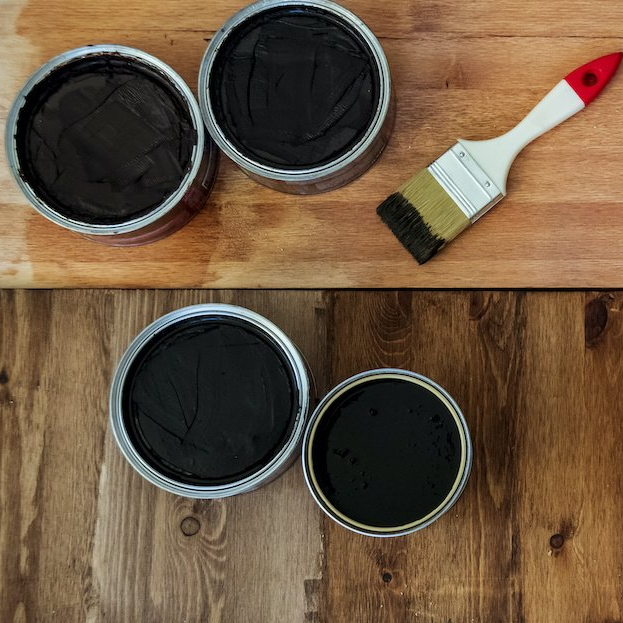
One of the wonderful things about good wood furniture is that it doesn’t have to be merely functional. It can be beautiful as well. We’ve seen some amazing pieces made with wood stains that are more than just furniture, they’re works of art. So if you’ve got an old table, desk or other piece of wood furniture that needs jazzed up, why don’t you consider using some of our great stains to try one of these ideas.

